Lucie Flek
ISCA: A Framework for Interview-Style Conversational Agents
Aug 20, 2025Abstract:We present a low-compute non-generative system for implementing interview-style conversational agents which can be used to facilitate qualitative data collection through controlled interactions and quantitative analysis. Use cases include applications to tracking attitude formation or behavior change, where control or standardization over the conversational flow is desired. We show how our system can be easily adjusted through an online administrative panel to create new interviews, making the tool accessible without coding. Two case studies are presented as example applications, one regarding the Expressive Interviewing system for COVID-19 and the other a semi-structured interview to survey public opinion on emerging neurotechnology. Our code is open-source, allowing others to build off of our work and develop extensions for additional functionality.
In-Training Defenses against Emergent Misalignment in Language Models
Aug 08, 2025Abstract:Fine-tuning lets practitioners repurpose aligned large language models (LLMs) for new domains, yet recent work reveals emergent misalignment (EMA): Even a small, domain-specific fine-tune can induce harmful behaviors far outside the target domain. Even in the case where model weights are hidden behind a fine-tuning API, this gives attackers inadvertent access to a broadly misaligned model in a way that can be hard to detect from the fine-tuning data alone. We present the first systematic study of in-training safeguards against EMA that are practical for providers who expose fine-tuning via an API. We investigate four training regularization interventions: (i) KL-divergence regularization toward a safe reference model, (ii) $\ell_2$ distance in feature space, (iii) projecting onto a safe subspace (SafeLoRA), and (iv) interleaving of a small amount of safe training examples from a general instruct-tuning dataset. We first evaluate the methods' emergent misalignment effect across four malicious, EMA-inducing tasks. Second, we assess the methods' impacts on benign tasks. We conclude with a discussion of open questions in emergent misalignment research.
Judging Quality Across Languages: A Multilingual Approach to Pretraining Data Filtering with Language Models
May 28, 2025Abstract:High-quality multilingual training data is essential for effectively pretraining large language models (LLMs). Yet, the availability of suitable open-source multilingual datasets remains limited. Existing state-of-the-art datasets mostly rely on heuristic filtering methods, restricting both their cross-lingual transferability and scalability. Here, we introduce JQL, a systematic approach that efficiently curates diverse and high-quality multilingual data at scale while significantly reducing computational demands. JQL distills LLMs' annotation capabilities into lightweight annotators based on pretrained multilingual embeddings. These models exhibit robust multilingual and cross-lingual performance, even for languages and scripts unseen during training. Evaluated empirically across 35 languages, the resulting annotation pipeline substantially outperforms current heuristic filtering methods like Fineweb2. JQL notably enhances downstream model training quality and increases data retention rates. Our research provides practical insights and valuable resources for multilingual data curation, raising the standards of multilingual dataset development.
Superalignment with Dynamic Human Values
Mar 17, 2025

Abstract:Two core challenges of alignment are 1) scalable oversight and 2) accounting for the dynamic nature of human values. While solutions like recursive reward modeling address 1), they do not simultaneously account for 2). We sketch a roadmap for a novel algorithmic framework that trains a superhuman reasoning model to decompose complex tasks into subtasks that are still amenable to human-level guidance. Our approach relies on what we call the part-to-complete generalization hypothesis, which states that the alignment of subtask solutions generalizes to the alignment of complete solutions. We advocate for the need to measure this generalization and propose ways to improve it in the future.
Do LLMs Provide Consistent Answers to Health-Related Questions across Languages?
Jan 24, 2025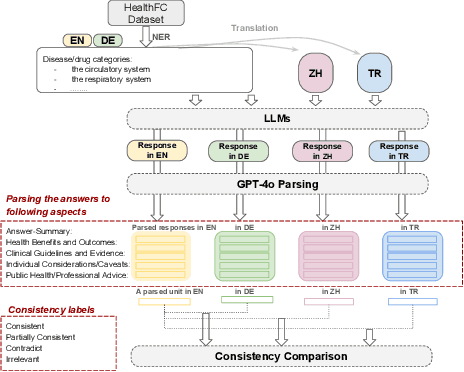


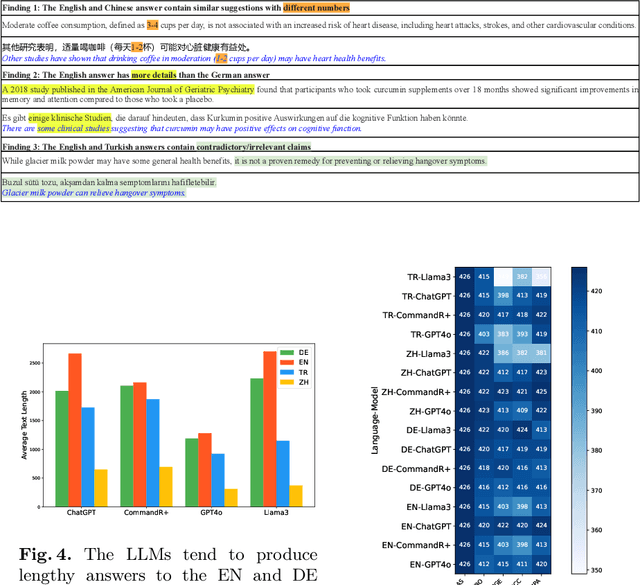
Abstract:Equitable access to reliable health information is vital for public health, but the quality of online health resources varies by language, raising concerns about inconsistencies in Large Language Models (LLMs) for healthcare. In this study, we examine the consistency of responses provided by LLMs to health-related questions across English, German, Turkish, and Chinese. We largely expand the HealthFC dataset by categorizing health-related questions by disease type and broadening its multilingual scope with Turkish and Chinese translations. We reveal significant inconsistencies in responses that could spread healthcare misinformation. Our main contributions are 1) a multilingual health-related inquiry dataset with meta-information on disease categories, and 2) a novel prompt-based evaluation workflow that enables sub-dimensional comparisons between two languages through parsing. Our findings highlight key challenges in deploying LLM-based tools in multilingual contexts and emphasize the need for improved cross-lingual alignment to ensure accurate and equitable healthcare information.
The Muddy Waters of Modeling Empathy in Language: The Practical Impacts of Theoretical Constructs
Jan 24, 2025Abstract:Conceptual operationalizations of empathy in NLP are varied, with some having specific behaviors and properties, while others are more abstract. How these variations relate to one another and capture properties of empathy observable in text remains unclear. To provide insight into this, we analyze the transfer performance of empathy models adapted to empathy tasks with different theoretical groundings. We study (1) the dimensionality of empathy definitions, (2) the correspondence between the defined dimensions and measured/observed properties, and (3) the conduciveness of the data to represent them, finding they have a significant impact to performance compared to other transfer setting features. Characterizing the theoretical grounding of empathy tasks as direct, abstract, or adjacent further indicates that tasks that directly predict specified empathy components have higher transferability. Our work provides empirical evidence for the need for precise and multidimensional empathy operationalizations.
Funzac at CoMeDi Shared Task: Modeling Annotator Disagreement from Word-In-Context Perspectives
Jan 24, 2025


Abstract:In this work, we evaluate annotator disagreement in Word-in-Context (WiC) tasks exploring the relationship between contextual meaning and disagreement as part of the CoMeDi shared task competition. While prior studies have modeled disagreement by analyzing annotator attributes with single-sentence inputs, this shared task incorporates WiC to bridge the gap between sentence-level semantic representation and annotator judgment variability. We describe three different methods that we developed for the shared task, including a feature enrichment approach that combines concatenation, element-wise differences, products, and cosine similarity, Euclidean and Manhattan distances to extend contextual embedding representations, a transformation by Adapter blocks to obtain task-specific representations of contextual embeddings, and classifiers of varying complexities, including ensembles. The comparison of our methods demonstrates improved performance for methods that include enriched and task-specfic features. While the performance of our method falls short in comparison to the best system in subtask 1 (OGWiC), it is competitive to the official evaluation results in subtask 2 (DisWiC).
ArithmAttack: Evaluating Robustness of LLMs to Noisy Context in Math Problem Solving
Jan 14, 2025



Abstract:While Large Language Models (LLMs) have shown impressive capabilities in math problem-solving tasks, their robustness to noisy inputs is not well-studied. In this work, we propose ArithmAttack to examine how robust the LLMs are when they encounter noisy prompts that contain extra noise in the form of punctuation marks. While being easy to implement, ArithmAttack does not cause any information loss since words are not added or deleted from the context. We evaluate the robustness of seven LLMs, including LLama3, Mistral, and Mathstral, on noisy GSM8K and MultiArith datasets. Our experiments suggest that all the studied models show vulnerability to such noise, with more noise leading to poorer performances.
Exploring Robustness of Multilingual LLMs on Real-World Noisy Data
Jan 14, 2025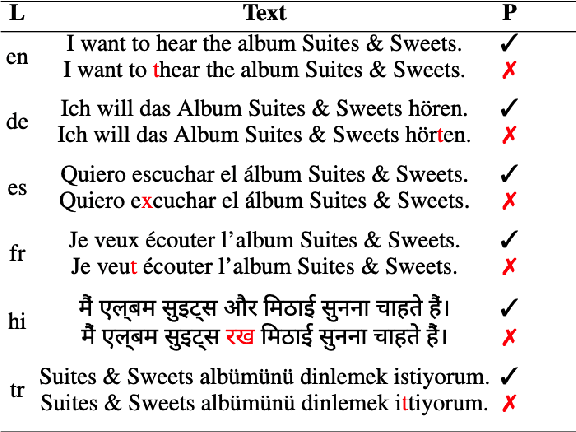
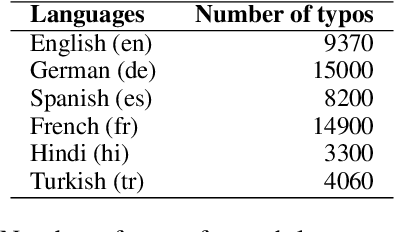
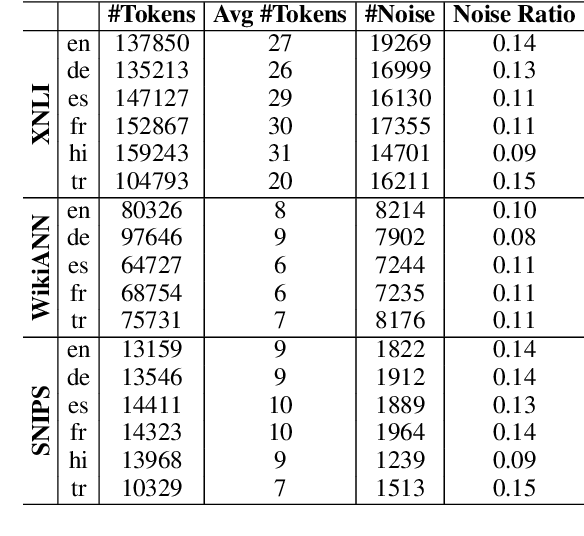
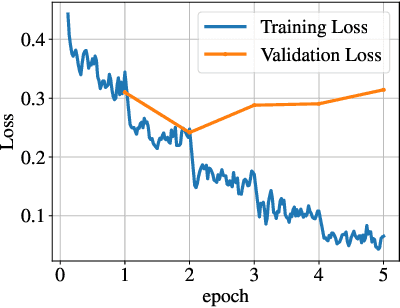
Abstract:Large Language Models (LLMs) are trained on Web data that might contain spelling errors made by humans. But do they become robust to similar real-world noise? In this paper, we investigate the effect of real-world spelling mistakes on the performance of 9 language models, with parameters ranging from 0.2B to 13B, in 3 different NLP tasks, namely Natural Language Inference (NLI), Name Entity Recognition (NER), and Intent Classification (IC). We perform our experiments on 6 different languages and build a dictionary of real-world noise for them using the Wikipedia edit history. We show that the performance gap of the studied models on the clean and noisy test data averaged across all the datasets and languages ranges from 2.3 to 4.3 absolute percentage points. In addition, mT5 models, in general, show more robustness compared to BLOOM, Falcon, and BERT-like models. In particular, mT5 (13B), was the most robust on average overall, across the 3 tasks, and in 4 of the 6 languages.
Exploring Robustness of LLMs to Sociodemographically-Conditioned Paraphrasing
Jan 14, 2025Abstract:Large Language Models (LLMs) have shown impressive performance in various NLP tasks. However, there are concerns about their reliability in different domains of linguistic variations. Many works have proposed robustness evaluation measures for local adversarial attacks, but we need globally robust models unbiased to different language styles. We take a broader approach to explore a wider range of variations across sociodemographic dimensions to perform structured reliability tests on the reasoning capacity of language models. We extend the SocialIQA dataset to create diverse paraphrased sets conditioned on sociodemographic styles. The assessment aims to provide a deeper understanding of LLMs in (a) their capability of generating demographic paraphrases with engineered prompts and (b) their reasoning capabilities in real-world, complex language scenarios. We also explore measures such as perplexity, explainability, and ATOMIC performance of paraphrases for fine-grained reliability analysis of LLMs on these sets. We find that demographic-specific paraphrasing significantly impacts the performance of language models, indicating that the subtleties of language variations remain a significant challenge. The code and dataset will be made available for reproducibility and future research.
 Add to Chrome
Add to Chrome Add to Firefox
Add to Firefox Add to Edge
Add to Edge